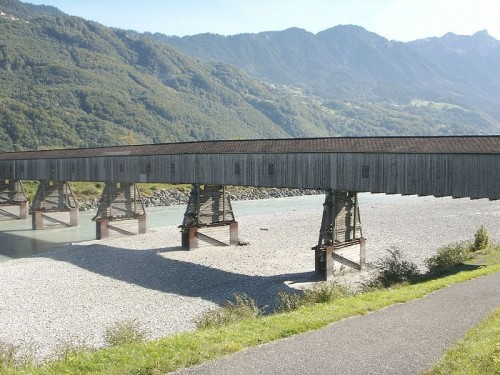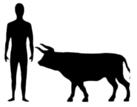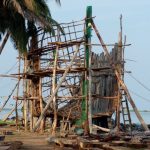“This archive contains 18,592 scientific publications totaling 33GiB, all from Philosophical Transactions of the Royal Society and which should be available to everyone at no cost, but most have previously only been made available at high prices through paywall gatekeepers like JSTOR. Limited access to the documents here is typically sold for $19 USD per article, though some of the older ones are available as cheaply as $8. Purchasing access to this collection one article at a time would cost hundreds of thousands of dollars.”
Whether or not you are interested in the publications, the accompanying manifest written by Greg Maxwell deserves to be read. Find a summary below. Original manifest + download here. Via Edwin Mijnsbergen.






